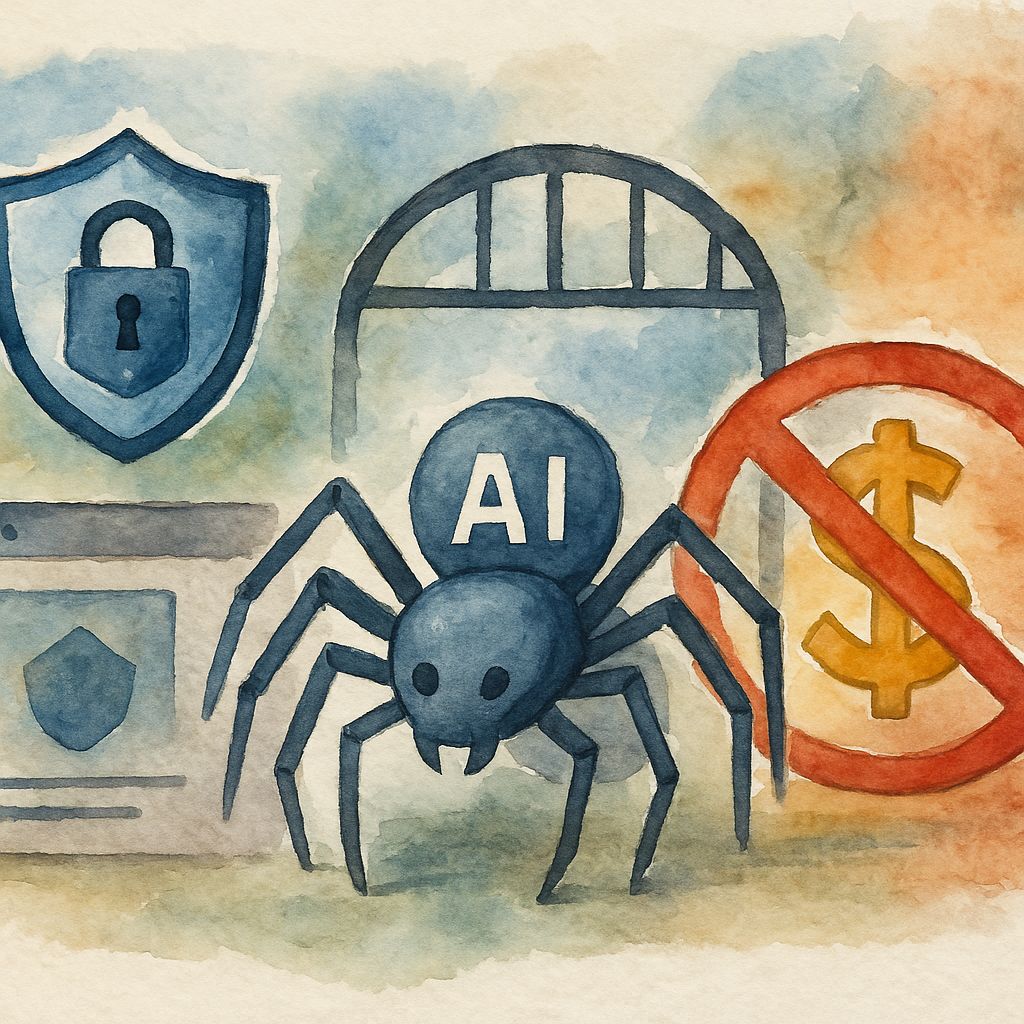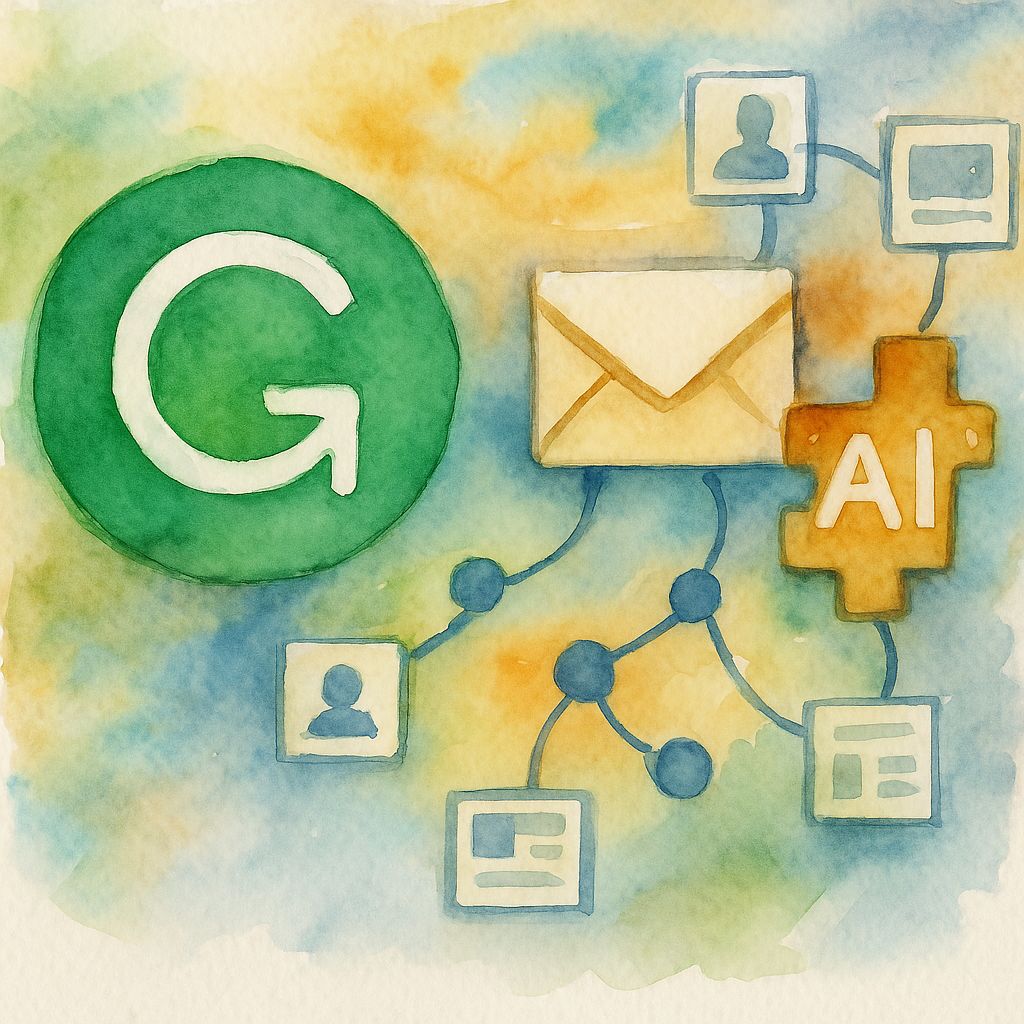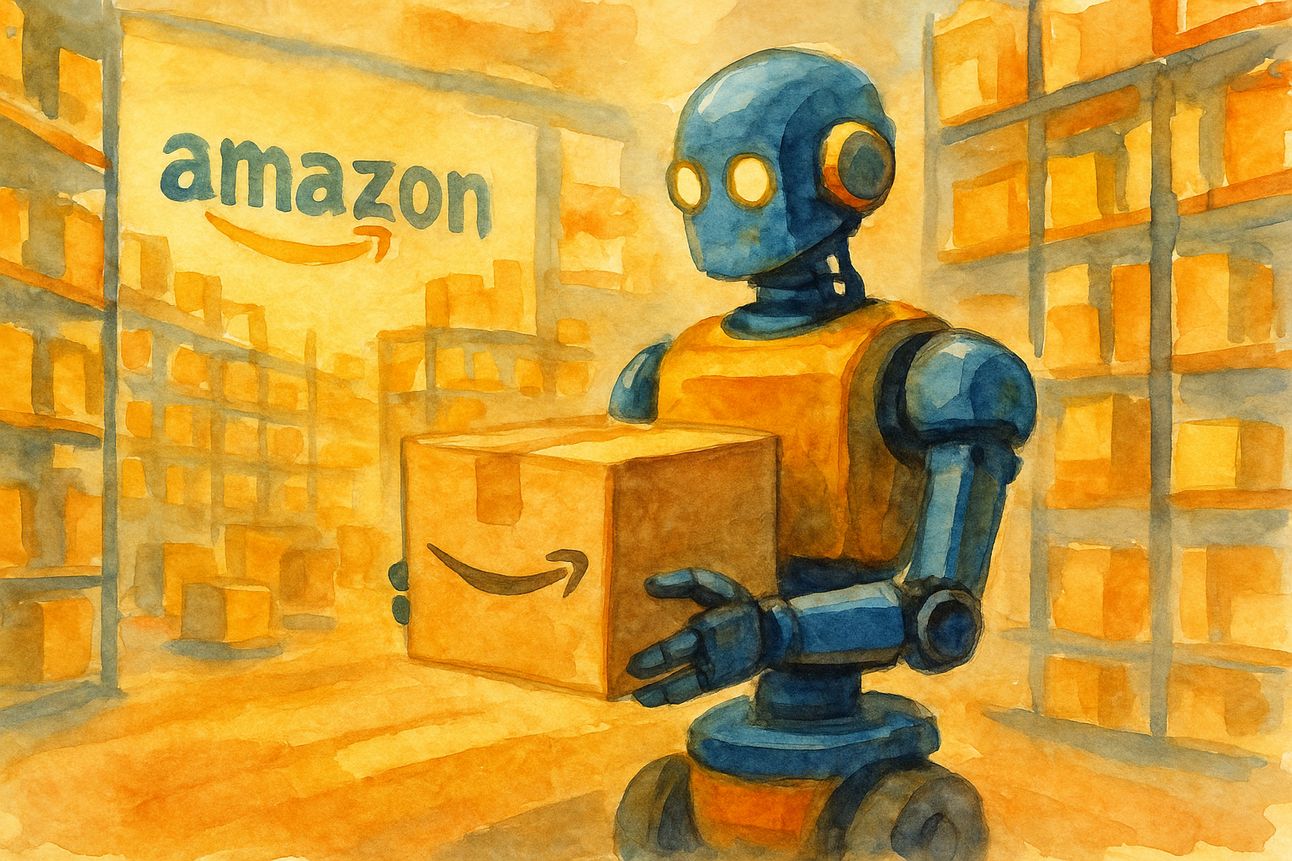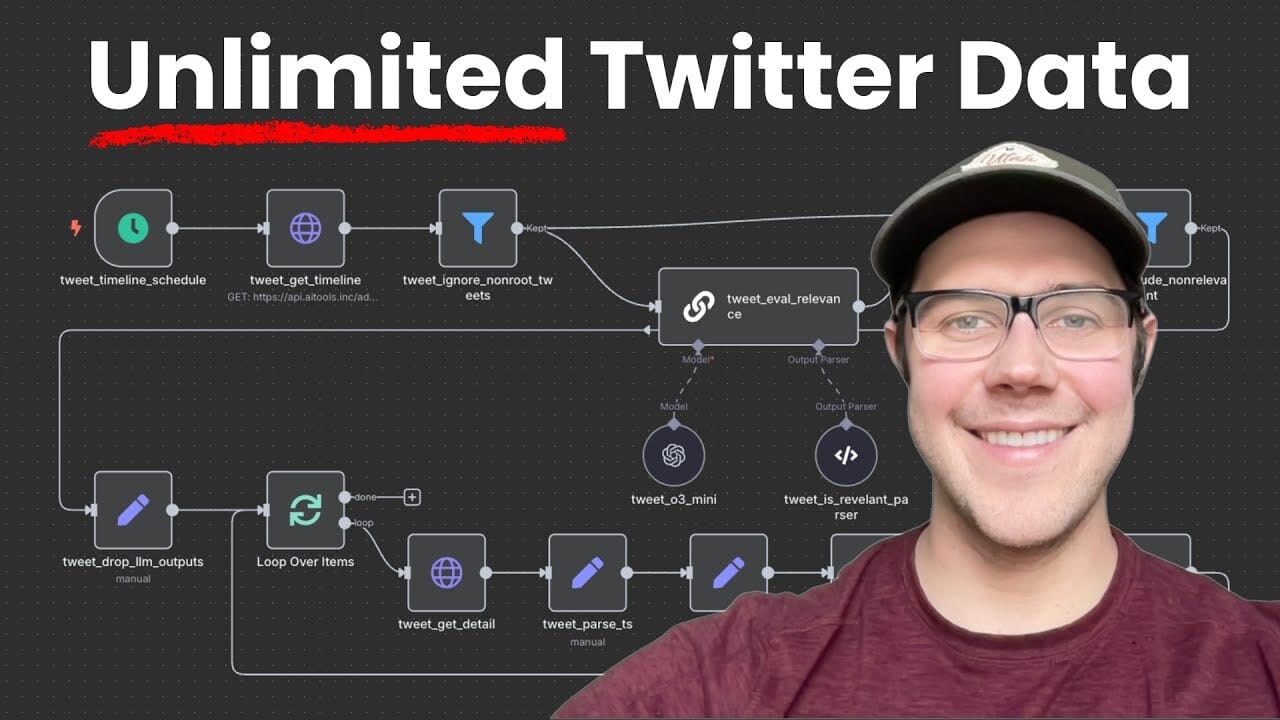- The Recap AI
- Posts
- Cloudflare's ultimatum to AI crawlers
Cloudflare's ultimatum to AI crawlers
PLUS: Grammarly's Superhuman deal, Amazon's millionth robot, and the secret to AI creativity
Good morning, AI enthusiast.
Cloudflare, which manages a huge portion of the internet's traffic, is making a pivotal move against uncompensated AI data scraping. The company has now made blocking AI crawlers the default setting, fundamentally shifting the power dynamic between content creators and AI companies.
This decision flips the web from an opt-out to an opt-in ecosystem for training data. Will this move establish a new economic framework for the internet, forcing AI companies to finally compensate creators for their work?
In today’s AI recap:
How to actually scrape data from Twitter / X using n8n (watch here)
Cloudflare’s ultimatum to AI crawlers
Grammarly's major Superhuman acquisition
Amazon deploys its millionth warehouse robot
The architectural 'flaw' behind AI creativity
The Web Strikes Back

The Recap: Cloudflare, a company handling nearly 20% of all internet traffic, has announced a new default policy that blocks AI web crawlers. The move fundamentally alters the relationship between content creators and AI companies, shifting the web from an opt-out to an opt-in model for data scraping.
Unpacked:
AI crawlers from companies like OpenAI and Anthropic have been aggressively scraping web data, often with thousands of requests for every single user they refer back, breaking the long-standing value exchange that existed with traditional search engines.
To create a new economic model, Cloudflare is launching a private beta for its 'Pay Per Crawl' program, which enables publishers to set their own micropayment rates for AI companies that want to access their content.
For new websites joining Cloudflare, blocking AI crawlers is now the new default, giving creators three clear choices for each crawler: allow access for free, block them entirely, or charge them for access.
Bottom line: This decision gives website owners significant leverage in negotiations with AI companies for the first time. It could establish a new economic framework for the internet where high-quality content is directly compensated, shifting the balance of power from data aggregators back to creators.
Grammarly's Platform Play

The Recap: In a significant push beyond writing assistance, Grammarly is acquiring the popular AI email client Superhuman. The deal signals Grammarly's ambition to build a full-scale AI productivity suite to compete with giants like Google and Microsoft.
Unpacked:
The acquisition marks a key step in Grammarly's plan to evolve from a writing assistant into a platform where multiple specialized AI agents work together inside your apps.
The deal follows last year's purchase of Coda and is powered by a recent $1 billion funding round, equipping Grammarly to build out its collection of workplace tools.
Superhuman will continue operating as its own product, but the goal is to integrate Grammarly's AI agents directly into the email client to automate tasks and streamline workflows.
Bottom line: Grammarly is placing a massive bet that the future of productivity is a network of AI agents that work for you across all your apps. This acquisition directly challenges the integrated AI ecosystems being built by Google and Microsoft.
AI Training
The Recap: In this video, I’m going to walk you through how to build a Twitter scraping system using n8n and Apify that only costs 40 cents per thousand tweets.
P.S We also launched a free community for AI Builders looking to master the art and science of building AI Automations — Come join us!
Amazon's Robotic Workforce

The Recap: Amazon has hit a major milestone, deploying its one-millionth warehouse robot. The company also introduced DeepFleet, a new generative AI model designed to optimize its growing robotic fleet.
Unpacked:
DeepFleet, built using Amazon SageMaker, analyzes warehouse data to create more efficient routes, aiming to boost robot fleet speed by 10%.
This growth puts Amazon's robotic fleet on a trajectory to soon match its human warehouse workforce, with robots already assisting in 75% of the company's global deliveries.
The milestone isn't just about quantity; Amazon is also advancing robot capabilities, recently unveiling its Vulcan model which features a sense of touch for handling items.
Bottom line: Amazon is creating a powerful feedback loop where more robots generate more data, which in turn trains smarter AI to make the robots even more effective. This combination of physical automation and AI-driven optimization sets a new standard for efficiency in global logistics.
Where AI Experts Share Their Best Work
Join our Free AI Automation Community
Join our FREE community AI Automation Mastery — where entrepreneurs, AI builders, and AI agency owners share templates, solve problems together, and learn from each other's wins (and mistakes).
What makes our community different:
Real peer support from people building actual AI businesses
Complete access to download our automation library of battle-tested n8n templates
Collaborate and problem-solve with AI experts when you get stuck
Dive into our course materials, collaborate with experienced builders, and turn automation challenges into shared wins. Join here (completely free).
The Science of AI Creativity

The Recap: Stanford researchers have demystified AI creativity, showing it's a predictable outcome of how diffusion models process images in small, local patches. A new paper details how these architectural "flaws" are actually the source of novel creations.
Unpacked:
The models work by focusing on small "patches" of pixels individually, rather than the entire image at once; this bottom-up approach is similar to how patterns form in nature.
To prove their theory, the researchers built a mathematical model that predicted the output of powerful diffusion models with around 90% accuracy.
This resolves a central paradox where models designed to perfectly replicate training data generate novel content precisely because of these architectural limitations.
Bottom line: This work shifts the view of AI creativity from a mysterious emergent property to a predictable result of system design. It suggests that novelty can be an engineered outcome, not just a happy accident.
The Shortlist
Emerald AI raised over $24M in seed funding for its platform that uses AI to make data centers flexible ‘grid allies,’ modulating their power consumption during peak demand.
X detailed a pilot program that allows AI chatbots like Grok to generate drafts for its Community Notes fact-checking feature, which are then vetted by human contributors.
Authors published an open letter urging major publishers to refrain from releasing AI-created books, using AI to replace employees, or using machine narration for audiobooks.
What did you think of today's email?Before you go we’d love to know what you thought of today's newsletter. We read every single message to help improve The Recap experience. |
Signing off,
David, Lucas, Mitchell — The Recap editorial team

